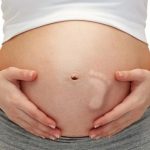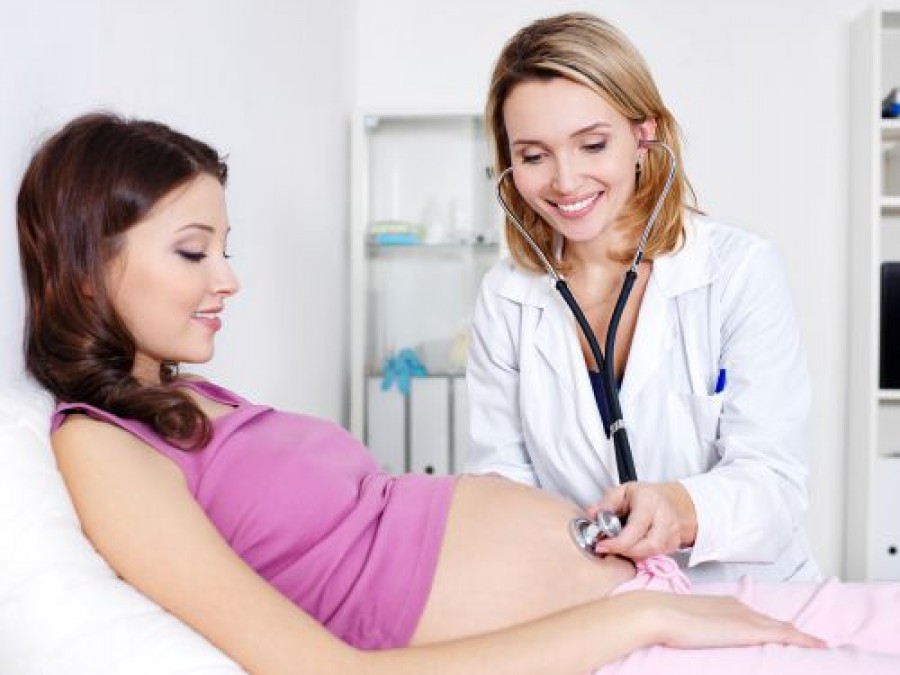Puerperium: Post Pregnancy Recovery

‘Puerperium’ is a phase of six weeks post childbirth, when the woman’s body naturally tries to get back to its pre-pregnancy shape. This six week period, post birth, is very crucial for a woman as her body is not capable of exertion she goes through her normal routine such as continue office work, care for her children and do household chores.
Your body undergoes trauma (vaginal birth or caesarean section is a trauma) which weakens your body if proper care is not provided. It may delay the healing of incisions or lacerations, if any. Awareness of these symptoms may provide ease for a woman to take care of herself and her baby after birth.
Symptoms frequently experienced by women after childbirth are as below:
Laceration/episiotomy
Episiotomy is an intentional incision on the vaginal wall to expand the vaginal opening for vaginal delivery. Few vaginal deliveries require room for the head of the foetus to be delivered easily. It is seen in the cases of small pelvis, big baby and obstructed labour.
Laceration is seen with vigorous pushing of the mother to deliver the head of the foetus. Both conditions can cause discomfort and pain. Episiotomy needs suturing and may take a few weeks to heal whereas laceration may not require suturing as just the application of numbing ointment may help in reducing pain. No other medication is used for mild to moderate sized lacerations.
Vaginal discharge
Lochia is the vaginal discharge which contains blood, mucus and placental tissues. It is discharged for 2-6 weeks after birth. Lochia changes its colour throughout this duration. It is red in colour initially due to the presence of blood which tells the broken or damaged vessels inside the uterus after delivery .By the end when the uterine cavity has a new epithelial lining the red colour vanishes and lochia becomes yellow in colour. Your doctor may keep a check on the amount and appearance of lochia.
Backache
Lower back pain begins with the onset of second or third trimester of pregnancy. Sometime, it is experienced by women after birth as well. It occurs due to the increased weight of enlarged uterus which doesn’t reduce to its pre-pregnancy size quickly enough. Women need to exercise daily, wear comfortable clothing which reduces pain while the woman is exercising or even doing her daily chores. Wearing comfortable clothing can relieve backache and pressure by supporting the back muscles.
Bowel movements
Few women experience constipation after birth due to restricted movement of the mother before and after delivery of the foetus. Bowel movements may be painful for the women too. Stool softeners or rectal suppositories may be given to such women to facilitate the easy passage of stool.
Haemorrhoids
Few pregnant women may suffer from haemorrhoids during pregnancy and may continue to do so upto 2-3 weeks after delivery. Haemorrhoids or commonly known as Piles, are the swollen veins of the rectum. They are frequently seen in pregnant females and also in postpartum women, due to the weight of the uterus over the perineum. The rectal or perineal veins are very thin and are easily damaged, hence are more painful. It may be relieved with stool softeners and numbing ointments.
Urinary frequency
During pregnancy the bladder muscles relax and the renal pelvis dilates causing micturation to become painful and uncomfortable. It takes 2-3 weeks for the muscles to relax and the renal pelvis to come back to its normal size. For quick resolution of the discomfort during micturation, women may be advised to do pelvic floor exercises such as kegel exercise in order to strengthen the pelvic floor muscles.
After pains
Uterine contractions continue even after removal of the placenta. They are called as after pains, they are usually painless but in a few cases they may cause pain which is experienced more severely during breastfeeding. Breastfeeding contracts the uterine muscle and helps it regain its normal shape.
Postpartum depression
Women who have any family history of psychotic disease before pregnancy or had any mental illness before conceiving or with previous pregnancy are more prone to developing depression after the birth of the baby. It is most commonly seen in the first month after delivery. Mother may not be capable of taking care of the baby by herself. She may feel like crying, have mood swings and may not take care of herself and her baby. In such a situation, one must discuss or share their feelings regarding the baby to a close relative or a family physician.
Deep venous thrombosis
Blood clots may usually block a vein most commonly of the leg or lungs. This is called thrombosis of deep vein. Thrombosis is seen in 1 out of 6000 women usually after delivery in developed countries. Deep vein thrombosis is seen during pregnancy but more frequently after childbirth .It has more chances of occurring in 5 to 15 days after childbirth. A woman may be at higher risk of suffering from DVT if she has a history of thrombosis. Such women should be administered injections of heparin throughout pregnancy and these injections should be continued for a few months after pregnancy. Elastic stocking may be worn throughout pregnancy and elevation of legs can be exercised to prevent thrombosis and the symptoms associated with it.
Post Pregnancy
Tips to manage life post pregnancy
Top 10 resources for mums returning to work
Returning to work after having baby


